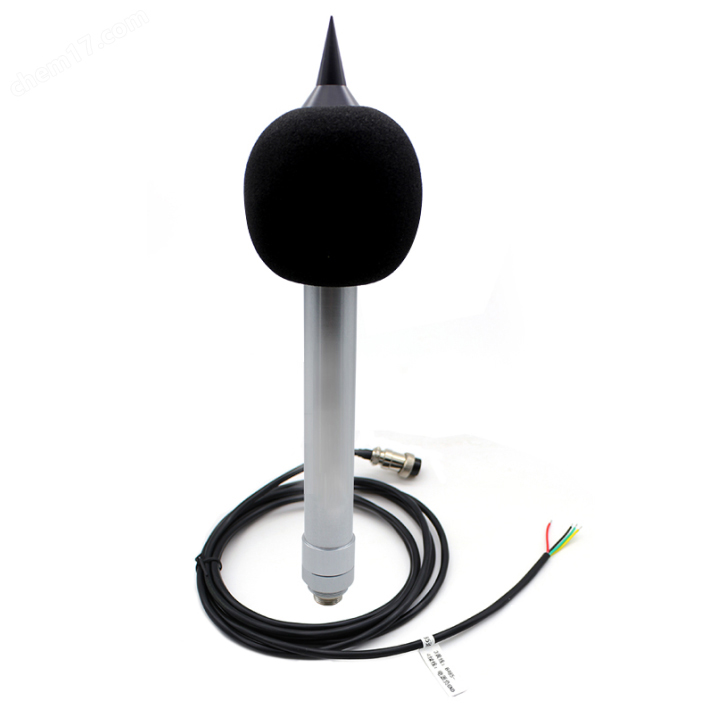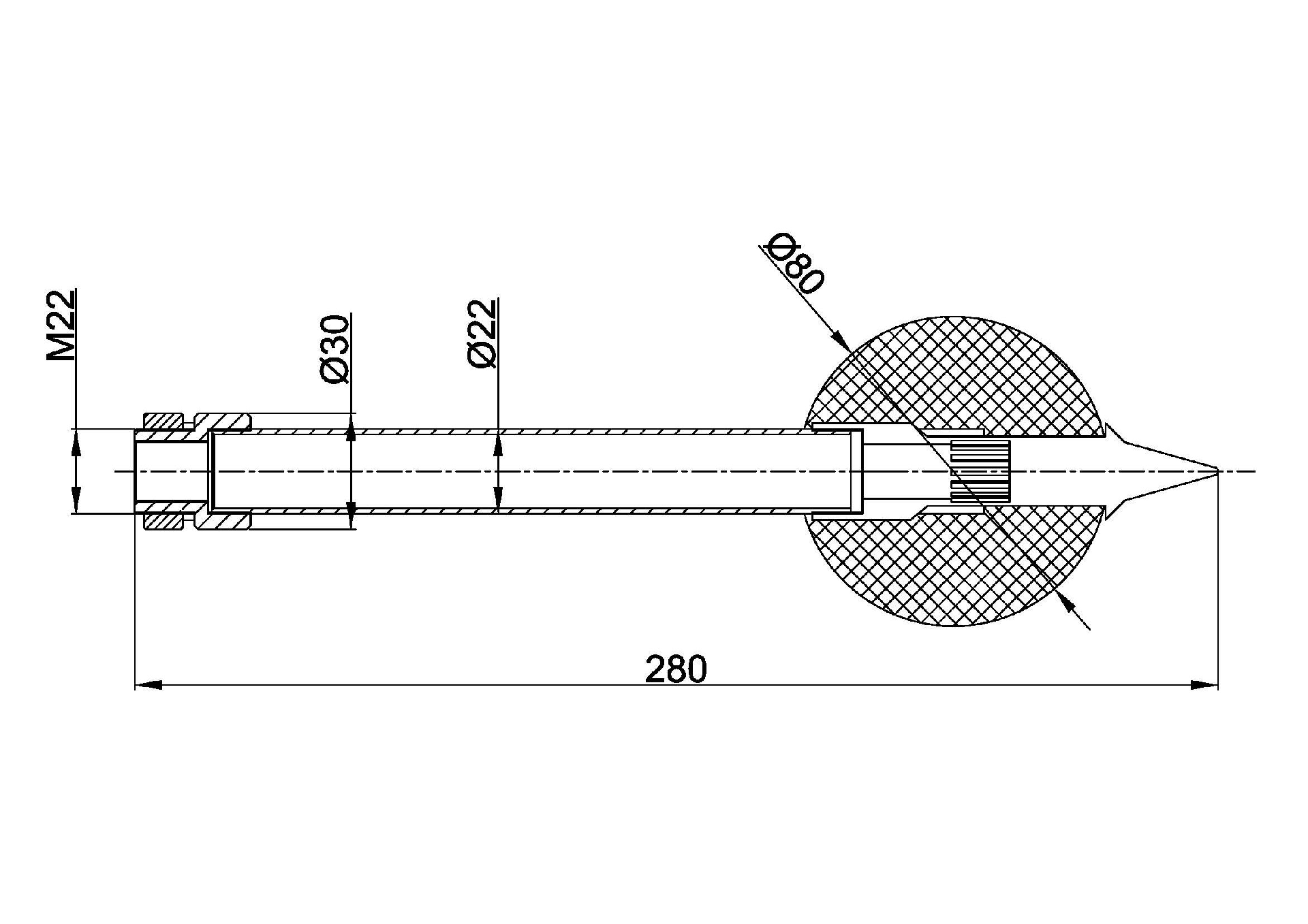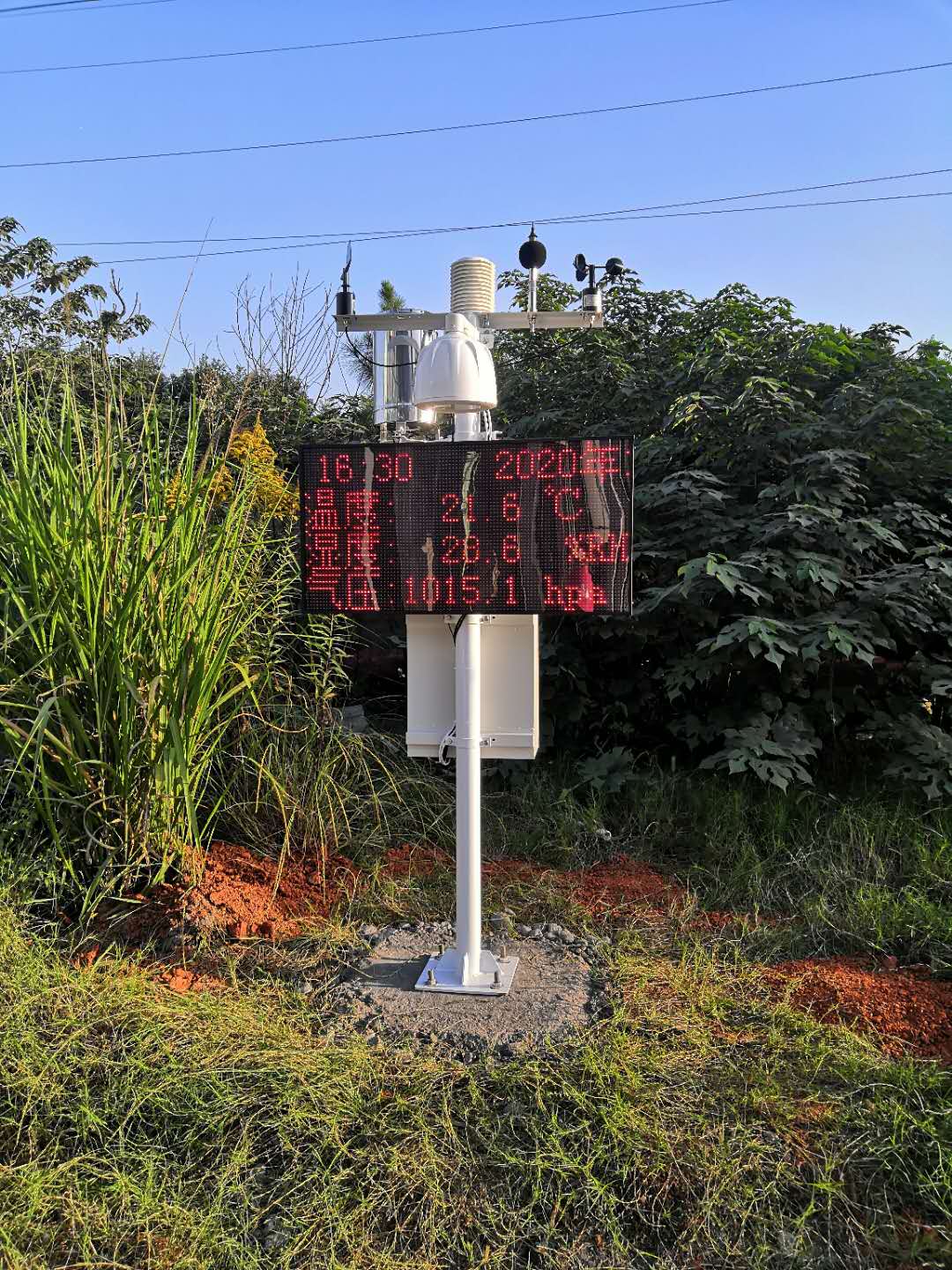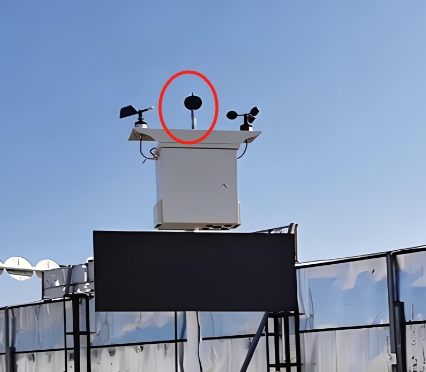

— Products —
 Consumer hotline +8618073152920
Consumer hotline +8618073152920 WhatsApp:+8615367865107
Address:Room 102, District D, Houhu Industrial Park, Yuelu District, Changsha City, Hunan Province, China
All products
Noise Detector Sensor is a high-precision sensor designed for noise monitoring, designed for various noise monitoring scenarios, capable of accurately capturing and analyzing sound fluctuations in the surrounding environment. With its excellent measurement performance and durable structural design, the sensor can work stably in a variety of complex environments, providing reliable data support for environmental protection, industrial monitoring, traffic management and other f···
Tel/WhatsApp:+8615367865107
Email:Arvin@niubol.com +Nearly 100 partner company in more than 68 countries. We are committed to providing high-quality, practical products to meet your needs and help you solve problems.Product Details
The Noise Detector Sensor is a high-precision sensor designed for noise monitoring, designed for various noise monitoring scenarios, capable of accurately capturing and analyzing sound fluctuations in the surrounding environment. With its excellent measurement performance and durable structural design, the sensor can work stably in a variety of complex environments, providing reliable data support for environmental protection, industrial monitoring, traffic management and other fields.
| Measuring range: Range: | 30~130dB. |
| Output: |
4-20mA/ RS485 |
| Accuracy (23 ± 5 ℃): | Frequency weighting in accordance with IEC 61672 type 2 standard, in the input signal for 94dB (31.5Hz - 8kHz) conditions for calibration. |
| Frequency range: | 31.5Hz to 8kHz. |
|
Time Response: |
Fast response: T = 200ms. |
| Calibrator: | B&K (Bruel & kjaer), Multifunction Sound Calibrator, type 4226. |
| Microphone: | Condenser microphone. |
| Microphone size: | 0.5 inches. |
| Range Selection: | 30~130dB |
| Power Supply: | DC 12V |
| Power Loss: | DC 12V: ≈ 20mW |
| Package: | ABS plastic |
| Operating temperature: | -15-50°C (5-122°F). |
| Operating humidity: | <80% relative humidity. |
| IP Rating: | IP65 |
Noise Detector Sensor works on the basis of the physical properties of sound waves, by capturing the pressure changes caused by sound waves propagating in air or other media, and converting these changes into electrical signals. The condenser microphone inside the sensor acts as a sensitive element that accurately senses sound vibrations and converts them into measurable electrical signals. After processing and amplification by the internal circuitry, these electrical signals are finally output as digital or analog signals for subsequent data processing and analysis systems.

High-precision measurement: Adopting advanced capacitor microphone and signal processing algorithms to ensure the accuracy and stability of the measurement results.
Multiple output methods: Support RS485 communication and 4~20mA analog signal output to meet the needs of different application scenarios.
Wide measurement range: covering 30~130dB noise level, suitable for various noise monitoring environments.
Durable structure: Adopting ABS engineering plastic shell, it has excellent impact resistance and moisture resistance.
Low power consumption design: low power consumption operation, prolong service life and reduce energy consumption.
High accuracy: ±1.5dB measurement accuracy ensures reliable data.
Low power consumption: only 0.15W power consumption, energy saving and environmental protection.

Environmental protection: real-time monitoring of noise levels around cities, industrial areas and airports, providing data support for environmental assessment and noise pollution prevention.
Industrial monitoring: installing sensors around factory workshops and mechanical equipment to monitor the noise condition when the equipment is running, and discover and deal with potential noise pollution problems in time.
Traffic management: applying sensors in road traffic and rail transit systems to monitor traffic noise and assess the impact of traffic facilities on the surrounding environment.
Urban management: Set up sensors in urban parks, residential areas and other areas to monitor community noise levels and provide data support for urban acoustic environment management.

To ensure the normal use and accuracy of Noise Detector Sensor, please follow the steps below:
1. Install the sensor: Choose a suitable installation location according to the application scenario and make sure the sensor is fixed firmly.
2. Connect the power supply: Use a DC 12V to 24V power supply that meets the requirements to power the sensor.
3. Configure the output: Select RS485 communication or 4~20mA analog signal output according to the requirements and configure accordingly.
4. Start monitoring: Turn on the power supply of the sensor and start real-time monitoring of the noise level.
5. Data analysis: Import the data output from the sensor into the data processing and analysis system for further analysis and evaluation.
Do not expose the sensor to extreme temperatures or humidity to avoid affecting its performance.
Avoid subjecting the sensor to severe shock or vibration to avoid damaging the internal components.
Regularly check the sensor's connecting wires and interfaces to ensure a reliable connection and avoid data loss.
If you find that the sensor performance decreases or malfunctions, please contact the after-sales service personnel to deal with it in time.
- Provide one year product quality guarantee.
- During the warranty period, we will repair or replace the faults caused by non-human damage free of charge.
- Professional technical team to provide you with a full range of technical support and consulting services.
Technology and Innovation:
Our noise detection sensors, equipped with advanced noise processing algorithms, can intelligently filter background noises and accurately focus on key sound sources. We provide customized reports through cloud-based data analysis, enabling users to intuitively understand and effectively manage the sound environment.

After installing Noise Detector Sensor in residential areas, the community management can detect and deal with noise exceeding the standard in a timely manner, such as night construction of building sites and traffic noise. Through data analysis and intervention measures, the sound environment in the residential area has been significantly improved.
In a large chemical factory, Noise Detector Sensor helps the environmental protection department of the factory to monitor and control the noise in the production process. Through the monitoring data, the factory has taken a series of noise reduction measures, not only to improve the working environment, but also to enhance the overall environmental image of the factory.
By installing Noise Detector Sensor beside the main traffic arteries in the city, the traffic management department is able to grasp the traffic noise situation in real time, which provides a scientific basis for traffic planning and noise barrier design.
Through these practical application cases, Noise Detector Sensor has been widely recognized for its reliability and practicality in the field of environmental noise monitoring. We look forward to cooperating with more industries and fields to create a quieter and healthier living environment. Contact us and let's start a new chapter of noise management together.
Purchase the Noise Detector Sensor today to provide accurate and reliable data for your noise monitoring applications!
Prev:Snowpack sensor
Next:Ambient noise sensor
Sensors & Weather Stations Catalog
Agriculture Sensors and Weather Stations Catalog-NiuBoL.pdf
Weather Stations Catalog-NiuBoL.pdf
Related recommendations
 Multi-Depth Soil Sensor RS485
Multi-Depth Soil Sensor RS485 TDR Soil Moisture Sensor
TDR Soil Moisture Sensor Pyranometer Solar Radiation Sensors
Pyranometer Solar Radiation Sensors Soil ph sensor
Soil ph sensor Tipping Bucket Rain Gauge
Tipping Bucket Rain Gauge Air Temperature and Humidity Sensor
Air Temperature and Humidity Sensor
Screenshot, WhatsApp to identify the QR code
WhatsApp number:+8615367865107
(Click on WhatsApp to copy and add friends)